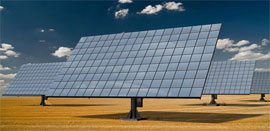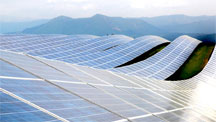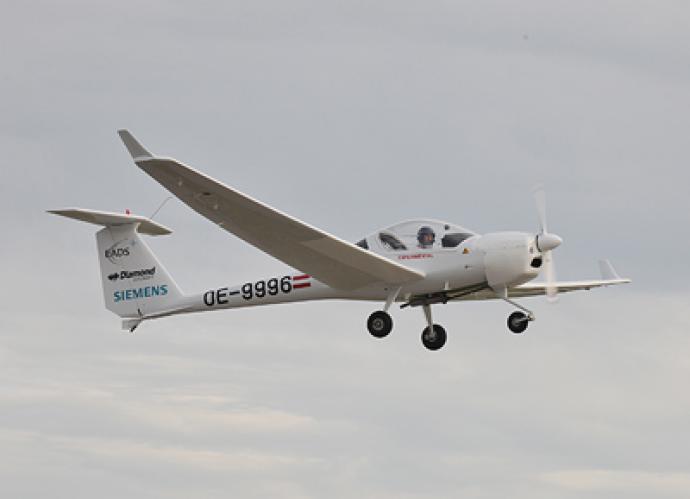Siemens has acquired a minority share (approximately 16 percent) in U.S. pioneering solar company Semprius. Headquartered in Durham, North Carolina, Semprius develops high concentrating photovoltaic (HCPV) modules. This investment gives Siemens early access to a highly promising technology for CO2-free power generation from solar energy, the company emphasizes.
Siemens will act as a strategic investor to help Semprius develop this innovative technology to market maturity. The parties have agreed not to disclose the purchase price.
HCPV offers an enormous potential to achieve competitive levelized costs of electricity
 “Participating in Semprius provides us access to trailblazing technology for clean power generation,” says Martin Schulz, Vice President of Photovoltaics in the Renewable Energy Division of Siemens Energy.
“Participating in Semprius provides us access to trailblazing technology for clean power generation,” says Martin Schulz, Vice President of Photovoltaics in the Renewable Energy Division of Siemens Energy.
“We believe the prospects are bright for high concentrating photovoltaic systems that enable significantly higher efficiencies than conventional PV modules, and at the same time, offer enormous potential to achieve competitive levelized costs of electricity.”
HCPV market expected to reach six gigawatts by 2020
The market for HCPV installations is still in its early stages but is expected to grow to a volume of up to six gigawatts by 2020. HCPV systems are a prime alternative to conventional photovoltaics and are especially suitable for regions with high direct sunlight, for example along the Earth’s sunbelt.
First full test installation in Arizona since August 2010
Semprius’ HCPV modules use high-performance lenses to focus the sun’s light onto very small, highly efficient (>40% NREL Certified) cells which convert the solar energy directly into electric current. Apart from its excellent conversion performance and very low cost, other features such as its high reliability, modular configuration and flexible plant design make this technology particularly appealing.
Modules built with Semprius’ patented production process have been on sun for several years and the first full test installation has been operational in Arizona since August 2010; additional installations are scheduled to follow before the end of this year.
Strategic investor Siemens to help scale up Semprius’ capabilities to production levels
“We are very pleased to bring Siemens in as a strategic investor as we scale up our capabilities to production levels,” said Joe Carr, Semprius President and CEO. “Their far-reaching presence and strength in the renewable market offer us an immediate global footprint.”
Currently, Siemens acts as a general contractor on solar projects, responsible for the planning, engineering, delivery and installation of solar power generating systems. With this deal, Siemens has opened the door to possibly extending from its current EPC (engineering, procurement and construction) model into this advanced photovoltaic market.
Source

 Follow
Follow
